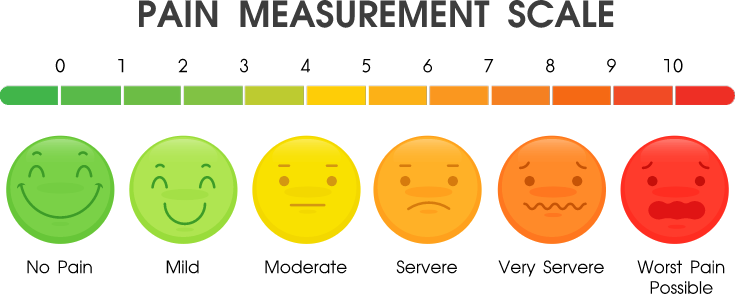Good communication is a vital part of successful pain treatment
An important part of successful pain management is good communication between you and your doctor, or other members of your healthcare team. Good communication can have a number of positive outcomes.1
- Your doctor gets an understanding of your experience of pain
- You get an understanding of your condition
- Both of you can discuss potential treatments
- You get a realistic view of what is achievable with treatment
- You get reassurance that the treatment you’re taking is right for you
The challenges around communicating pain
People suffering from pain, particularly chronic pain, can have real difficulty in communicating their experience to their doctor.1
Pain is a highly individual experience, meaning that ideas and beliefs around pain vary significantly, not just among patients, but among healthcare professionals as well. Some doctors may be unsure as to how best to assess your pain. Different individuals may also have different levels of pain tolerance – what you consider as mild pain may be severe pain to someone else.1
Poor pain communication is a problem because, without an accurate understanding of your pain, it may be more difficult for your doctor to get you the right treatment.1
Pain measurement tools
Many tools exist to help patients describe their pain in a more structured way.1
For example, the numerical rating scale helps you describe the severity of your pain by asking you to rate it from 1 to 10.2

However, simple tools like this are often not enough to truly capture pain or quality of life.2 Pain diaries, surveys and questionnaires can give you and your doctor a more detailed idea of the impact of your pain on your energy levels, emotional health and day-to-day activities.1, 2 In this way, tracking your pain can have a positive impact on your pain treatment plan.2
References
- Müller-Schwefe G, et al. Make a CHANGE: optimising communication and pain management decisions. Curr Med Res Opin. 2011,27(2): 481-488.
- Younger J, et al. Pain Outcomes: A Brief Review of Instruments and Techniques. Curr Pain Headache Rep. 2009,13(1): 39–43
M-N/A-UK-04-23-0014-MAY 2023




